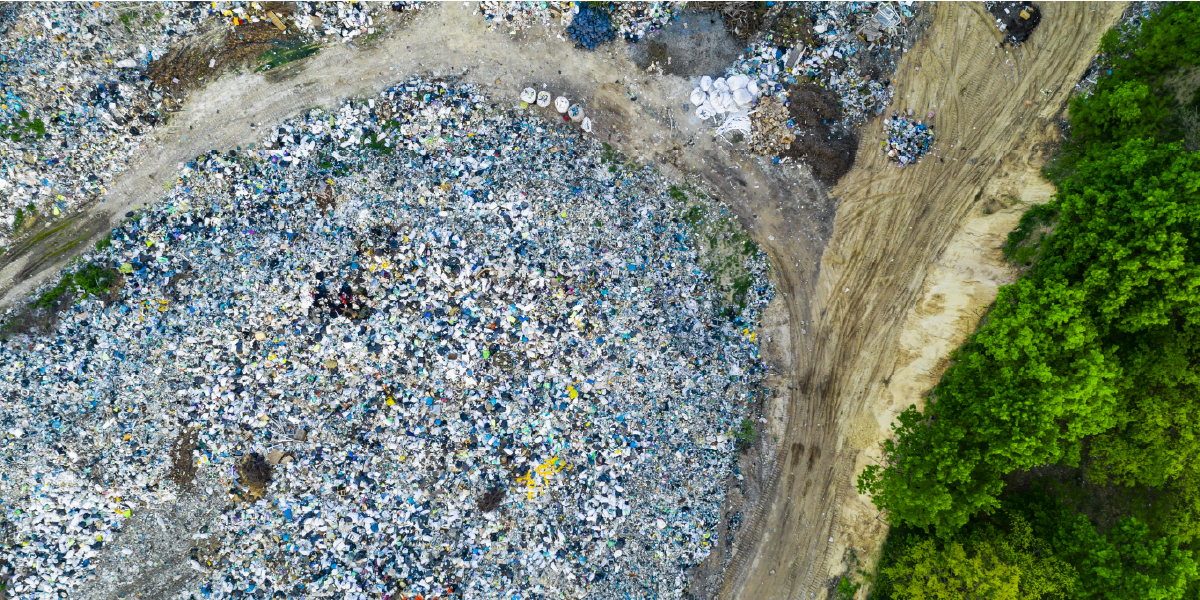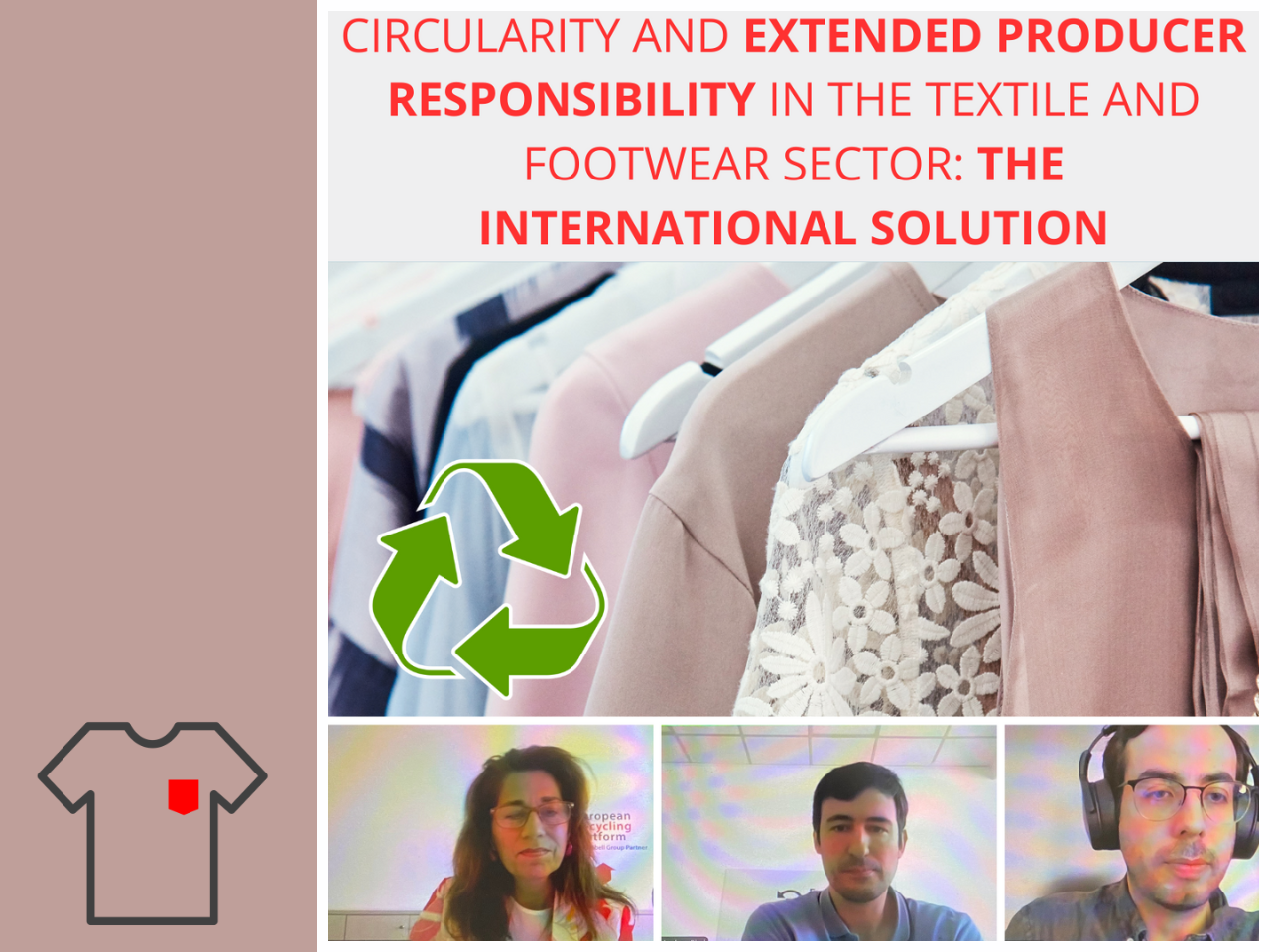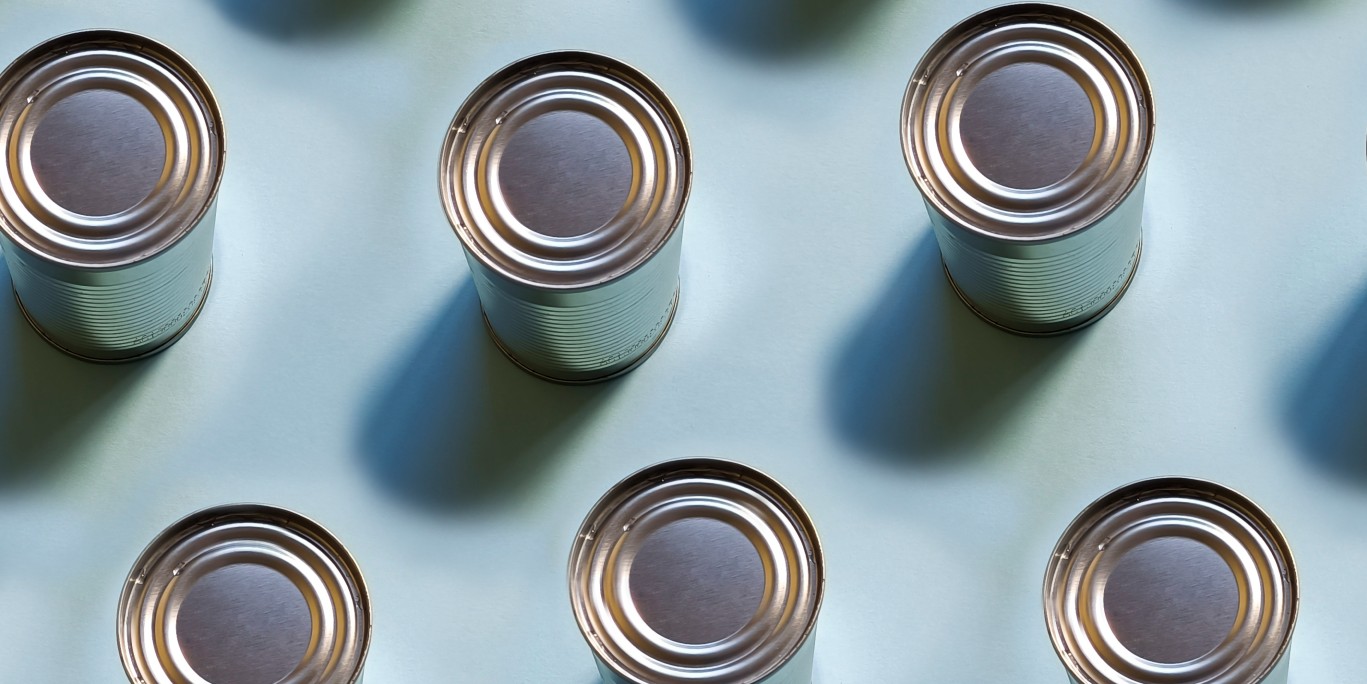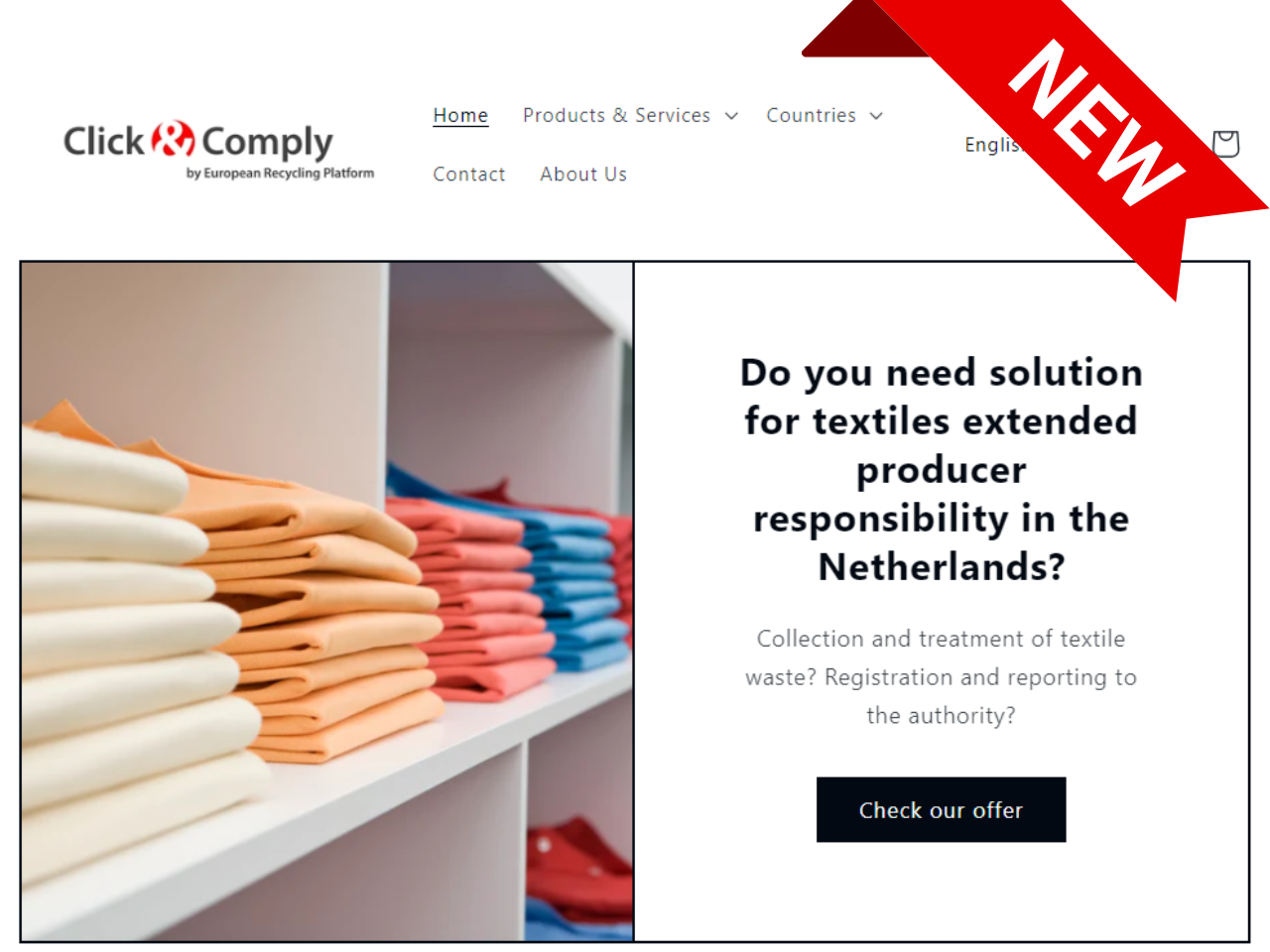What changes worldwide could have the biggest impact on the circular economy? Read our selection for you for July 2022.
Export of e-waste: new rules!
Stricter provisions from January 2025
At the 15th meeting of the Basel Convention, participants agreed on new rules for the export of e-waste to reduce its environmental and health impacts in developing countries.
From 1 January 2025, both hazardous and non-hazardous e-waste will be subject to higher export provisions. As a minimum requirement, there must be a notification by the exporter and a corresponding consent by the importer.
To encourage the recycling of e-waste, non-hazardous, pre-processed secondary products are to be exempted from the export restrictions. This will also simplify trade in e-waste, as customs and border authorities will no longer be responsible for determining the hazardousness of e-waste.
As the US does not participate in the Basel Convention, acceptance of US e-waste by participants is not allowed for the time being, unless there is a corresponding bilateral or multilateral agreement with similar provisions.
In addition, the EU is taking a separate path, as it wants to generally prohibit the export of e-waste to developing countries as part of the revision of the waste shipment directive.
Plastic is not going away
OECD report predicts that plastic production will triple by 2060
The organisation for economic co-operation and development (OECD) has published a new report on the future development of global plastic production, calculating different scenarios up to 2060.
The baseline scenario predicts that annual plastic production could increase to 1.2 billion tonnes by 2060, corresponding to a tripling of current production.
This is mainly driven by a rising demand from Africa and Asia, although per capita consumption in OECD countries (238 kg) will still be much higher than in the rest of the world (77 kg).
The report also presents two other scenarios:
In the first scenario, fiscal and regulatory measures are taken to improve the circular economy and prevent environmental damage, although restricted to regional measures in OECD countries.
Compared to the baseline scenario, these measures could reduce plastic waste by a fifth and increase the recycling rate from 12% to 40%. The calculations are based on the theoretical introduction of a plastic and packaging tax of 750 dollars per tonne by 2060, reducing plastic demand and production.
The second scenario considers the impact of a global effort to close all leaks in plastic disposal, accompanied by corresponding targeted policies.
The assumed plastic tax of 1,500 dollars per tonne is twice as high as in the first scenario. Annual plastic production is projected at 800 million tonnes and the recycling rate at 60%.
Mixed packaging news from Germany
Packaging waste increases… plastic waste export decreases
A new study by the German society for packaging market research has investigated the reasons for the 14% increase in packaging waste in Germany over the last three decades.
Although material efficiency has significantly improved compared to 1991, and 92% of the consumption-related additional packaging can be avoided, product consumption in Germany has increased substantially over the same period, causing the increase in overall packaging waste.
Another reason is the increase in small households, and thus the need for small packaging sizes, generating about 0.9 million tonnes of additional waste.
This is related to structural changes in packaging consumption, which are probably not restricted to Germany but are of global importance.
Another global trend in the packaging sector is the rapid growth of online sales requiring additional shipping packaging, which counteracts the trend for decreasing packaging volumes per product.
At the same time, Germany decreased its exports of plastic waste by around 25% in 2021 compared to the previous year, according to figures from the federal statistical office.
Although this still makes Germany the largest European exporter of plastic waste, it has halved its exports since 2011.
One reason for this are the import restrictions on plastic waste by some Asian countries. Less than one tonne of German waste was exported in 2021 to China, for example, which has banned the import of unsorted plastic waste since 2018.
A decade earlier, China was still the top recipient for German plastic waste with 763,400 tonnes. The new top recipient is the Netherlands with 155,800 tonnes, followed by Turkey and Poland.
Sign up for our monthly
report COMPASS here:
Your email












